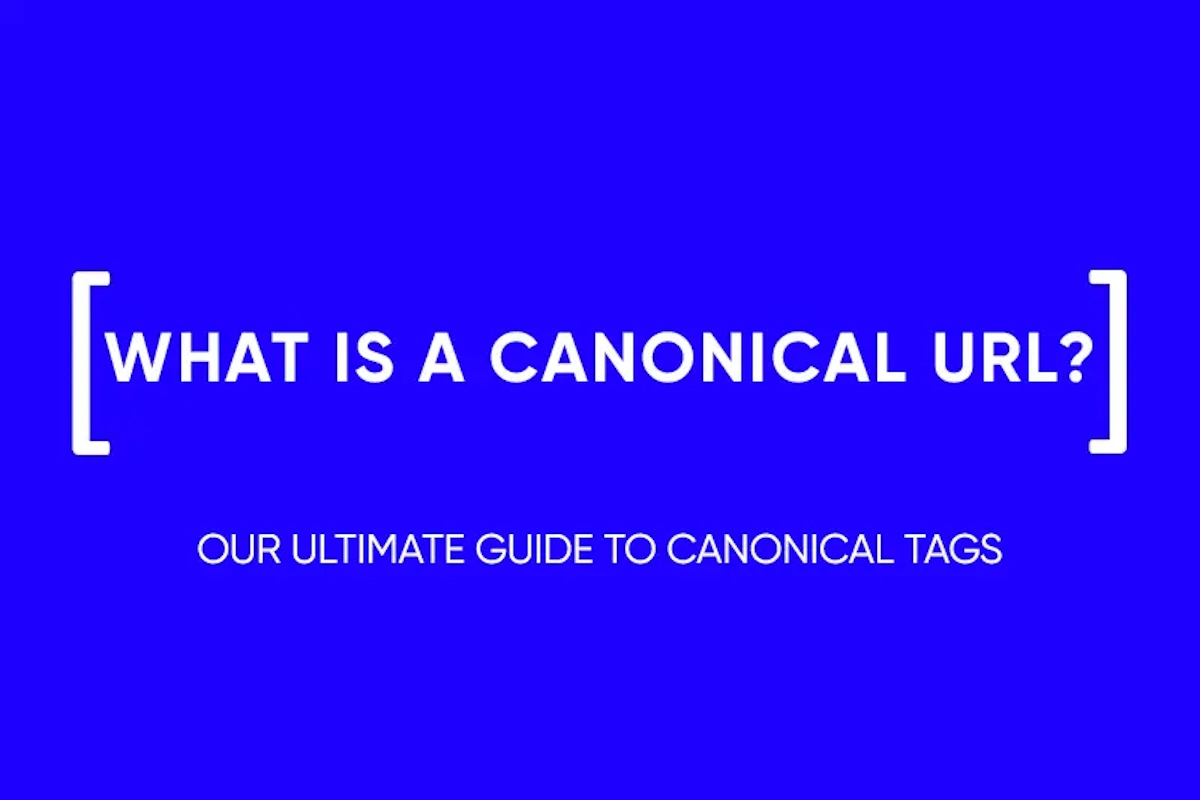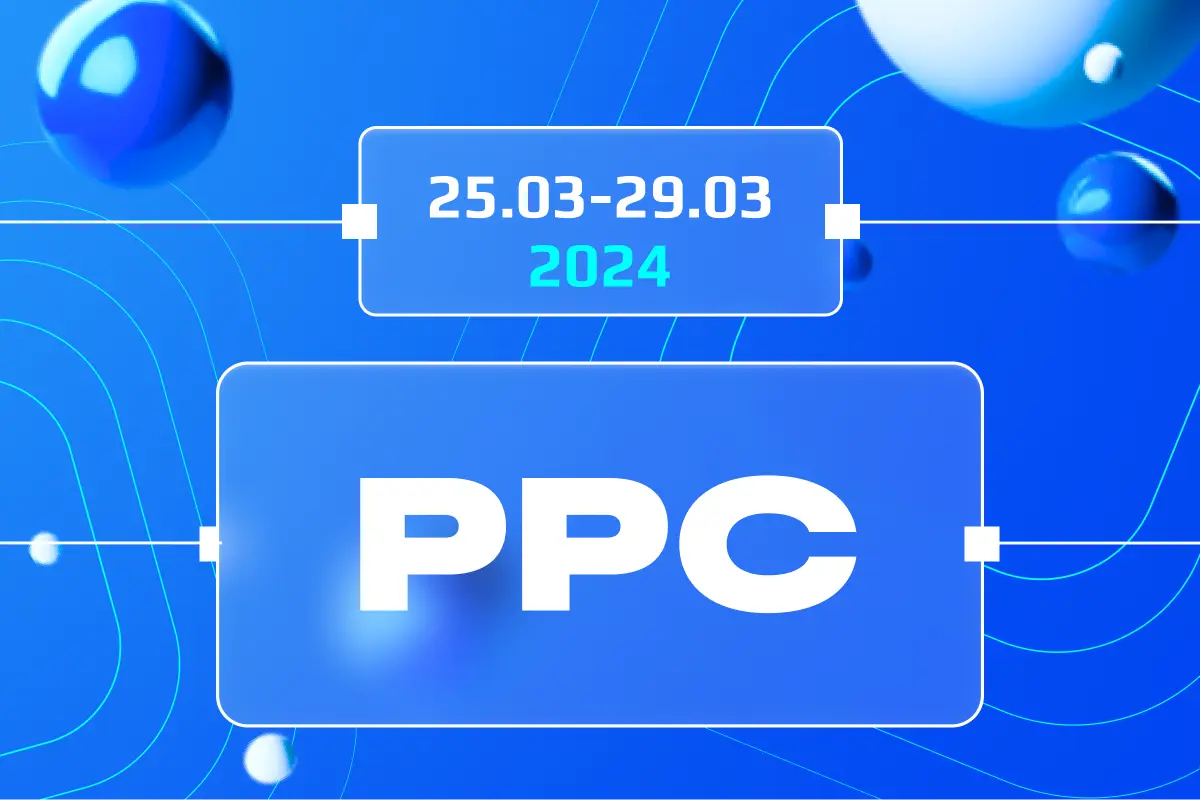Referral Marketing Strategy: Building a Growth Engine
As numerous marketing studies show, people personal recommendations more than any advertisement. A product is more likely to be bought if a friend or relative tells about it – such a review will be believed. It is around such word of mouth that referral programs are built. We will tell you how to build a referral program in your company in our article.
What is a referral program
The referral program is a tool that stimulates the word of mouth process. Roughly speaking, it looks like a gift to a client for recommending your product to his friends.
Referral programs can incentivize customers in different ways. Some give a discount on the next order for a common link, and some literally pay some small reward to the referral. It all depends solely on the vertical and the funds invested in the promotion of the program.
Benefits of referral programs
Building trust. People trust simple human reviews more than beautiful commercials. Especially if these reviews come from their friends. As a result, a community grows around the brand in this way – if you add good SMM and a strong support team to this, then companies will trust more than large corporations.
Cheap user acquisition. Referral program is a shareware way of promotion. Yes, the work of the referral team is still needed, as well as sending reminders, analyzing metrics and much more. But here you do not need to pay for each click on the link, as, for example, in a Google search ad or a Facebook ad. If the reward is interesting, and the product is useful, then you can attract users almost for free.
High efficiency. According to Semrush, word of mouth generates 5 times more revenue than any other form of paid advertising. Referral programs just encourage people to share product reviews. From here, it’s not far from shopping.
Referral Program Models
Not all programs promoting word of mouth work the same way. The difference lies in the referrals themselves and the approach to remuneration.
The incentive program can be one-sided and two-sided. The first assumes that only one party receives the reward. This is either the referral partner, or the user who performed the target action on this link. Bilateral, on the other hand, assumes that both sides receive some kind of bonuses, albeit not too big.
The reward can also be multi-level. The standard bonus program assumes a one-time payment of a reward, but it can be extended to further purchases of the client, and even to purchases of those who followed the link of the initially attracted user. The complexity of the program, however, affects the desire to participate in it. So, the simpler it is, the more likely it is that your target audience will be interested in it.
How to create a referral program
With all the advantages of the referral program, working with it is long and laborious. Unlike contextual advertising, the fruits of their labors can be seen far from immediately. Therefore, it is important to plan everything before starting work.
Define goals and performance indicators
First of all, it is worth asking the question: What do you want to achieve from the referral program? Is it the awareness of the company, increasing repeat sales, or achieving a given number of page visitors?
Based on the set goals, performance indicators are also built. Sales and views are easy to determine. Just compare them with the previous calendar period.
Come up with a reward system
The referral program is based on incentives, something that will get customers to tell their friends about the product and share the link.
The ideal option is to do research in advance and ask the audience what suits them as incentives. The answers may give some ideas, but you should not immediately take them as a basis. Most likely, they will not be economically feasible for you. But the referral program should also fit into the budget.
A good option is a discount on the next order. Such an incentive is suitable if the referral program concerns large online stores like Amazon. There is a large selection, and at the same time people place orders often, there is a demand.
You can also use a free product as an incentive. For example, if you trade in dietary supplements, you can put a small jar or a sampler as a gift. By the way, this will stimulate the buyer to then buy a full-size product if they like the product.
You can also use branded products in the reward system – mugs, T-shirts, pens. This option is suitable for large brands like Starbucks, Spotify and others.
Explain to users how the referral program works
The referral program should be simple and visual. Ideally, the explanation should be laid down in 3 steps: “make an order – get a referral link – get a 1% discount for each order through your link.” People should immediately catch the benefits of the referral program. Only then will it be effective.
At the same time, users need to provide different ways to participate in the referral program. So, it should not take into account the transitions from only one social network. People should share the link wherever possible. Facebook, Instagram, Telegram – all this will allow you to reach more people.
It will also be useful to prepare message templates for the referral program. People who share affiliate links, in this case, act as sellers of your own brand. The templates should indicate the features and benefits of the product, this will literally help sell it. There should also be a call to action.
Consider a referral program management system
Launching such a program is not everything. It needs to be managed: evaluate effectiveness, conduct testing, measure conversion. There is software for all of this.
CRM systems will also be useful – they will help personalize communication with customers in support, simplify and speed up responses.
Get promoted
Finally, it’s not just your most loyal users who should take on the referral program. It is necessary to talk about it through all channels of communication with customers.
On the main page of the site, it is worth making a separate button or changing the design to notify about the launch of the referral program. A separate post-announcement needs to be launched on the social network, and in principle it is worth regularly reminding about it. Finally, technical support should also be armed with templates as users will ask a lot of questions about participation and rewards.
Examples of successful bonus programs
Harry’s

Harry’s is a men’s personal care brand. New customers already get 10% off their first purchase, but they also have an internal bonus program, the Shave Club. Anyone who is a member of this program can share their link and receive a $5 discount on their purchase. Moreover, the reward also has a cumulative effect: for 5 people in the Shave Club, the user receives a shaving cream, for 10 people – a razor, and so on.
Stitch Fix

Stitch Fix is a personal online styling service. It selects clothes and accessories for men and women based on their image, habits and preferences.
The service’s referral program works as follows. If a user subscribes using your link, you get a $25 discount. In turn, the new user will not need to pay the first installment of $20, that is, the program is two-way. However, customers are limited to only $599 in bonuses per year. More cannot be obtained through a referral link.
Dropbox

Dropbox is a cloud storage system. The referral program of the service provides additional volumes on the cloud. So, for each attracted user, Basic level accounts receive 500 Mb, and Plus accounts receive 1 Gb each. You can attract a maximum of 32 people in this way, who also receive bonus megabytes.
Main Points
- A referral program is a way to encourage a client to tell their friends and acquaintances about the company.
- The incentive for the client is money, discounts or a free product that the referral receives for each sale.
- The reward can be one-sided or two-sided, as well as multi-level.
- When creating a referral program, decide on its goals and come up with a system of rewards for users.
and stay up-to-date with the latest news about our platform and affiliate marketing.




